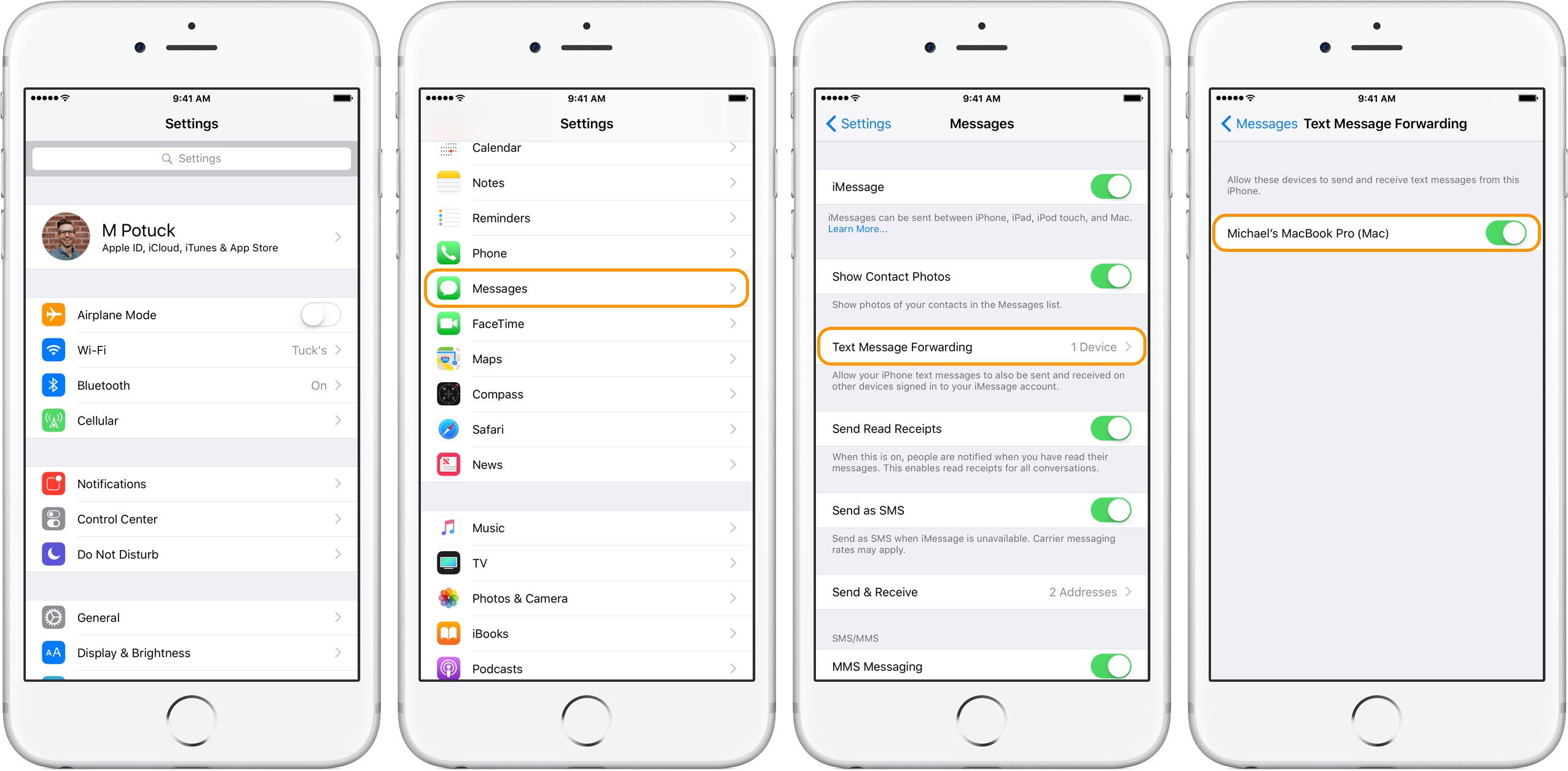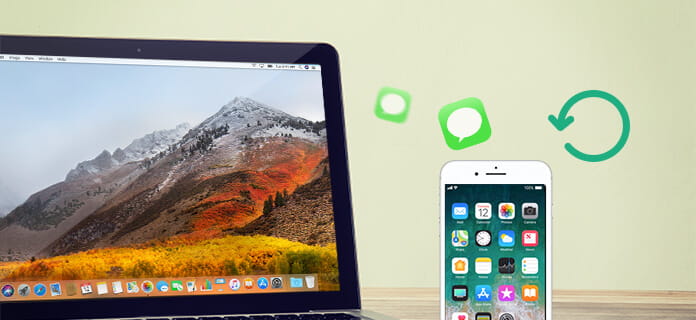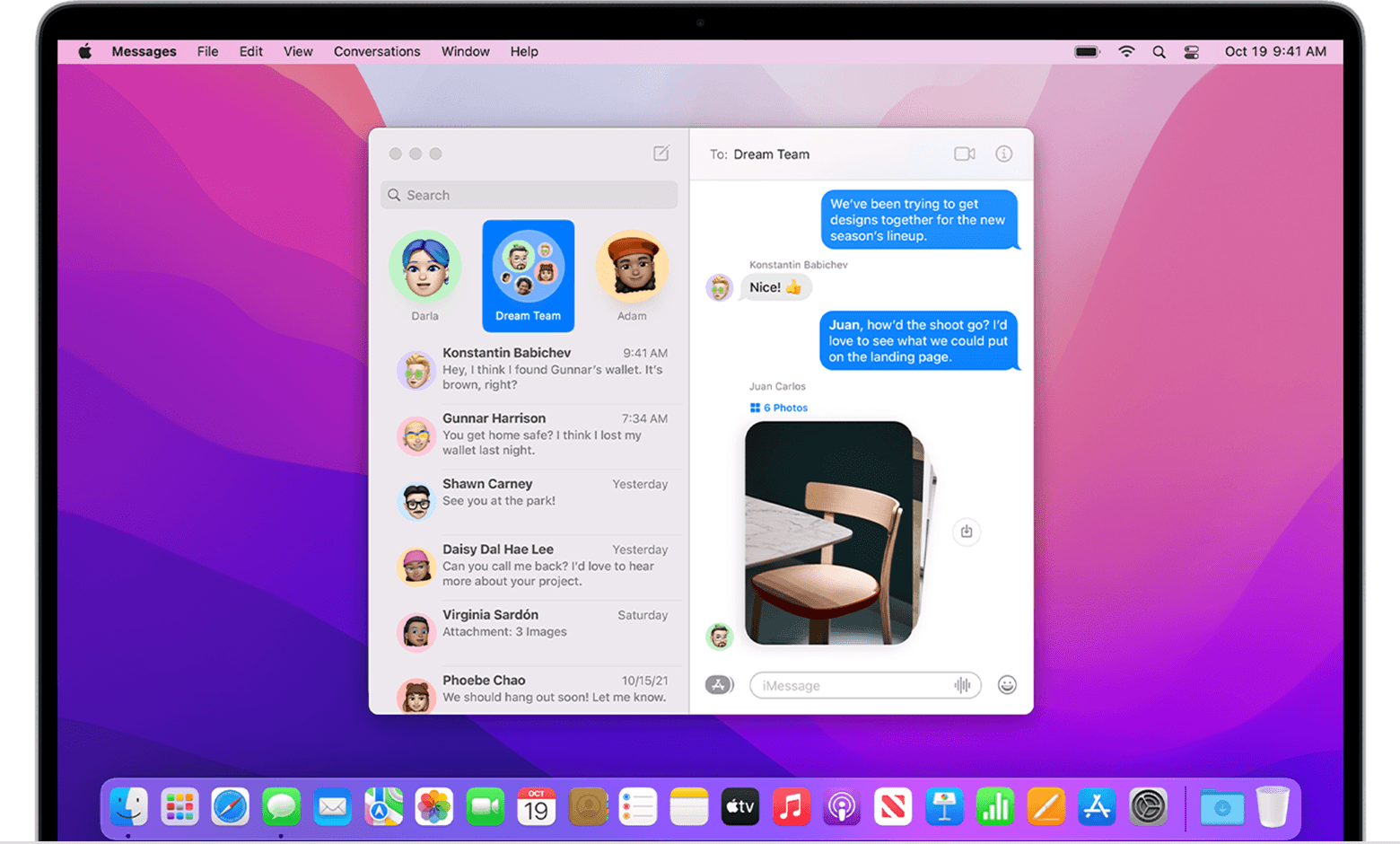

Wrong Apple ID - As stated above, making sure that both your phone and the Mac unit must be using the same Apple ID, if you are not then it will not work.
#DOWNLOAD MESSAGES FOR MAC HOW TO#
While those steps above are fairly easy, if you are experiencing problems there could be a few reasons, but listed below are some of the most common errors and how to resolve them: Now that you have known how to get text messages on Mac. Common Issues that May Hinder the Messages Please note once more that your carrier charges will apply and that your iPhone needs to be charged and have a connection to Wi-Fi for this to work. Test it out - The last step is to try sending a message by inputting the contact and then typing up the message.Īnd with that, you can now send messages using your Mac. The contact will likely be colored green if they do not use iMessage. None iMessage users - To know if you are sending a text message or an iMessage, when you select a contact it will not be blue, which signifies that the user has not turned on or does not use iMessage. This is for security purposes and to make sure that no one else is trying to sync another Mac.
#DOWNLOAD MESSAGES FOR MAC CODE#
Input the code - When you click on the Text Message Forwarding you will see a box open up on your Mac, this code needs to be inputted into your iPhone. Click on the Mac and make sure that you toggle it On. Go to your iPhone settings - Once more go to your iPhone Settings, find Messages again and open up the Text Message Forwarding. Sign in both the Mac and your iPhone - Once more sign into the same Apple ID on both units, make sure that you are using the right Apple ID, otherwise this won’t work. So, how to get text messages on Mac? Follow these steps so that you can set up both your iPhone and Mac to send messages as well. That makes the steps above a little useless to you, however, fret not, there are still options available to you for sending messages to those who don’t have an iPhone or use iMessage. Not everyone owns an iPhone, in fact, a lot of people use a number of other brands out there and even when they use an iPhone, maybe they switched off their iMessage altogether. Using iMessage and the internet, you should be able to stay in contact with anyone who is using iMessage as well, making it easier for you in the long run. Note: As long as your iPhone has some battery power and connects to Wi-Fi, you should receive your messages.Īnd that’s about it, now you don’t need to go back and forth between your Mac and your iPhone anymore. This could mean that instead of your number or name when your friend receives your message your Apple ID could register instead. If you synced your contacts to the Mac as well, most of the numbers should be there and if they have their iMessage switched on, you can actually send a message to the Apple servers. Test it out - Go back to your Mac and click on contacts to add whoever you want to contact. You have the option to choose whichever ones you want to include, for now, toggle the Mac unit to the On switch. The Mac that you have under the same Apple ID should show up and even other iPhones or iPads that might be using the same Apple ID. You will find the Text Message Forwarding, you can select where you can receive the messages. Go to your iPhone and fix the settings - Open up the Settings on your iPhone and find the Messages category.

Sign in to Apple ID on your iPhone - Just in case you haven’t done that just yet, please proceed to do so.

Make sure you sign into the same Apple ID that you have on your iPhone. When you find it, it will immediately ask for your Apple ID.

Open the messages option on your Mac - Find the Messages icon on your Mac or simply search for it. Below are the steps to tell you how to get text messages on Mac. It may take a few steps, but as long as you follow the instructions and have all the right tools with you, there shouldn’t be too many issues. Now, assuming you have an iPhone, you can easily get messages on your Mac by connecting the two. Common Issues that May Hinder the Messages Part 4. Sending Messages to Non-iPhone Users Part 3. Connecting Your iPhone to Your Mac Part 2.


 0 kommentar(er)
0 kommentar(er)
